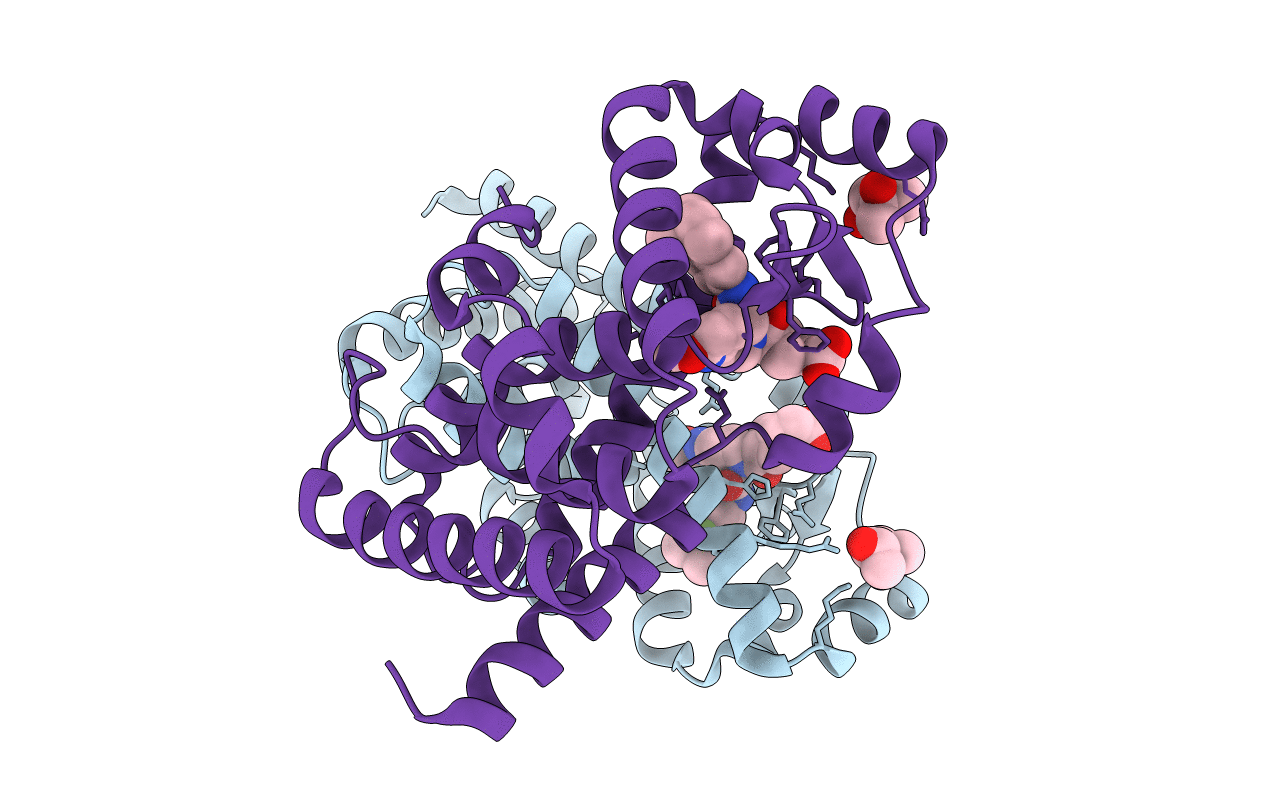
Deposition Date
2017-11-29
Release Date
2018-03-21
Last Version Date
2024-03-13
Entry Detail
PDB ID:
6BR3
Keywords:
Title:
Structure of RORgt in complex with a novel inverse agonist TAK-828.
Biological Source:
Source Organism:
Homo sapiens (Taxon ID: 9606)
Host Organism:
Method Details:
Experimental Method:
Resolution:
3.00 Å
R-Value Free:
0.23
R-Value Work:
0.19
R-Value Observed:
0.19
Space Group:
P 61


